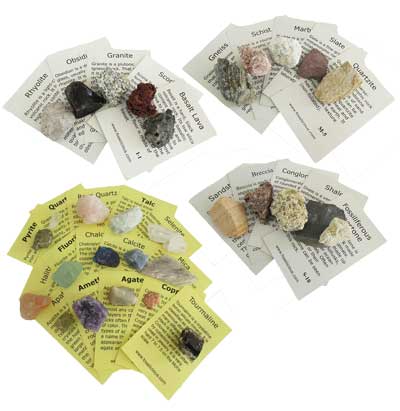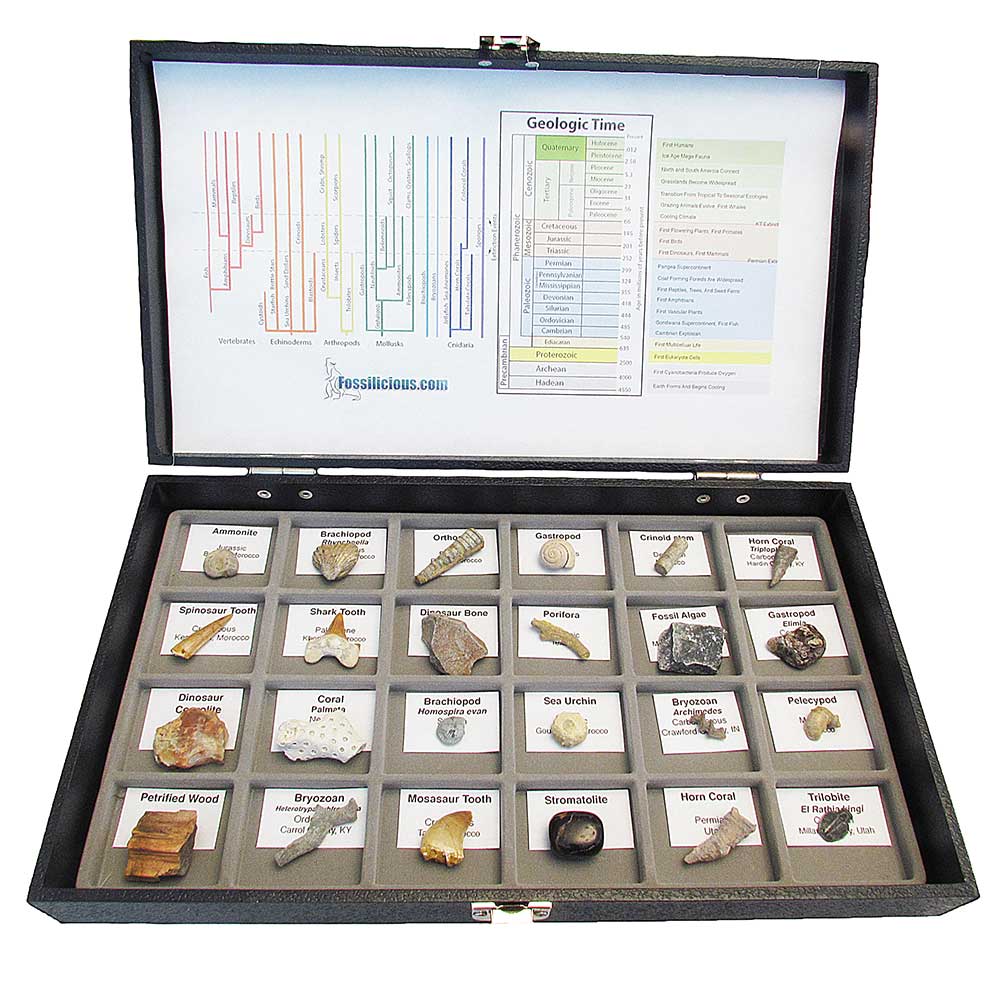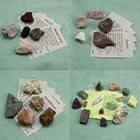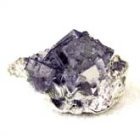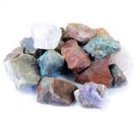Sign up for Lesson Plans, discounts & more!
Sodalite
True Blue
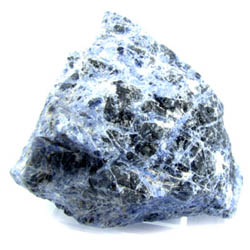
Sodalite is a deep royal blue silicate mineral. It is usually mottled with light blue, dark blue, and white. The deep color and the fact that it will take a high polish makes it popular in jewelry and other decorative items. It is also a favorite with collectors. While this mineral is known for its blue color it can also be gray, green, yellow and pink.
History of Sodalite Stone
Sodalite was first discovered in Greenland in 1806 and later analyzed by Thomas Thomson, a Scottish mineralogist, in 1811. However, it had to wait until 1891, when sodalite got declared as an ornamental stone.
In a diplomatic meeting held in Canada between 1867 and 1952, Mary of Tec wife to King George the fifth got captivated by the stone. This grew the stone popularity to an extent of Princess of Wales ordering large quantities to the United Kingdom for refinement of the London Marlborough House.
But when did sodalite appear in the market? Synthetic sodalite first appeared in the markets in 1975. However, people could easily confuse it with the lapis lazuli, a different stone due to the many pyrite characteristics. Ever since, the demand for the stone is widespread for its quality jewelry and litho therapy.
Relativly Speaking
Lazurite, nosean, hauyne, and tugtupite are related minerals that together with sodalite is known as the sodalite group.
These minerals are found in veins running through Plutonic igneous rocks.
<b>As Scarce As Hens Teeth
Fine grades of Sodalite are found in only a few places in the world. Bancroft Ontario, and Mont-Saint-Hilaire, Quebec, Canada. It is also found in Litchfield Maine and Magnet Cove Arkansas in the US. Smaller quantities are found in Brazil and Bolivia in South America and Romania, Portugal, and Russia in Europe. Burma and Greenland also have significant deposits. Translucent sodalite are found in Namibia</p>
Mineral Properties of Sodalite
Chemical formula: Na8Al6Si6O24Cl2.
Color(s): Primarily pale to deep blue, but may be white, gray, yellow, pink, or green
Streak: White
Luster: Vitreous (glassy)
Transparency: Transparent to translucent
Crystal: isometric
Crystal system: cubic
Crystal habit: massive, rarely as dodecahedra
Specific Gravity: 2.3
Hardness (Mohs): 5.5 - 6
Cleavage: imperfect
Fracture: uneven to conchoidal
Uses: used in jewelry and other decorative items, mineral specimens
Location: Bancroft Ontario, and Mont-Saint-Hilaire, Quebec, Canada. It is also found in Litchfield Maine and Magnet Cove Arkansas in the US. Smaller quantities are found in Brazil and Bolivia in South America and Romania, Portugal, and Russia in Europe. Burma and Greenland also have significant deposits.
Metaphysical properties: Sodalite has a calming affect. It is also inspirational for Artists, musicians and other creative activities. It is said to relieve insomnia.
Metaphysical properties: Sodalite has a calming affect. It is also inspirational for Artists, musicians and other creative activities.
Sodalite has different physical health benefits to humans. Sodalite has a calming energy that relieves body inflammations, muscle strain, and headaches. Physical therapists, athletes, and meditation practitioners have found it effective in balancing the body Ph.
Sodalite eases sleep disorders, strengthens the lymph system, aids the thyroid, and strengthens body immune response when held closer. Also, the regular wearing of sodalite stone enhances insulin production and prevents calcium deficiencies.
With sodalite stones, your mind becomes calm and orderly. It promotes rational thoughts, intuition, feelings verbalization, objectivity, and truth. If you have been looking for a natural cure for low self-esteem, self-trust, and self-acceptance, finding these stones is a must.

INTERESTED IN MORE? IF SO, YOU MAY WANT TO CHECK OUT OUR OTHER SITES:
fossilicious.com - Our online fossil and mineral rock shop.
fossils-facts-and-finds.com - An educational site about fossils.
